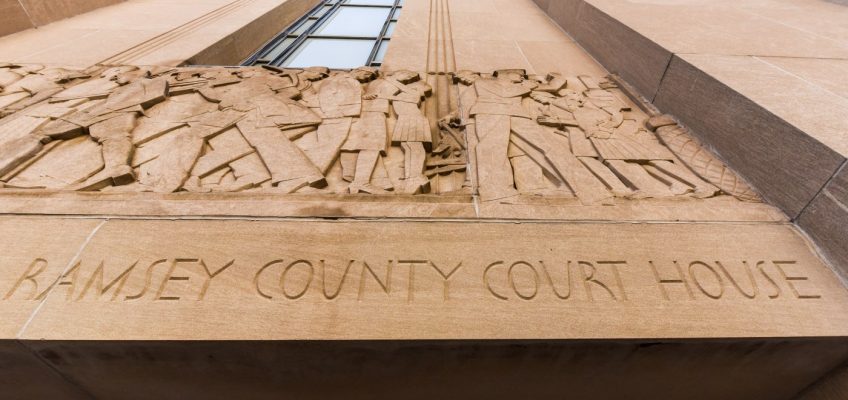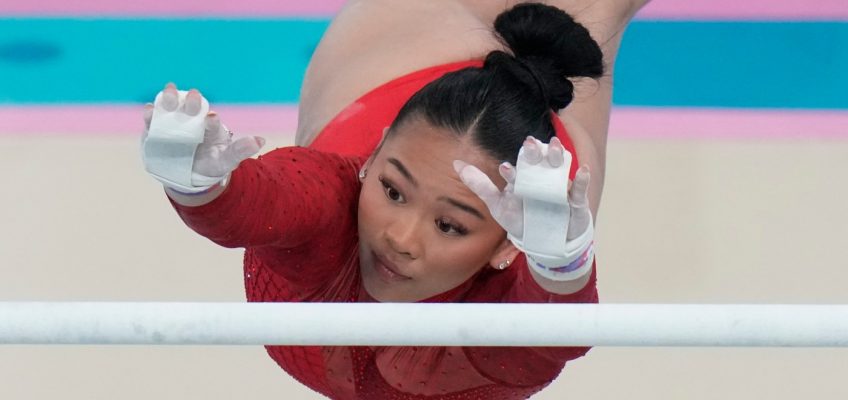With training camp winding down, Wild coach John Hynes said his team still has much to do before the regular season begins Thursday against the Columbus Blue Jackets at Xcel Energy Center.
“It starts with the game tomorrow,” Hynes said. “It starts with going on the road against a full NHL lineup, against a team that you just beat.”
In other words, Friday night’s final preseason game in Chicago is not perfunctory.
“It’s going to be a competitive game on the road,” Hynes said. “That’s another test for us.”
The Wild didn’t release their lineup for the 7:30 p.m. puck drop at United Center, but it will be similar to the regular-heavy roster that beat the Blackhawks 7-2 on Tuesday.
Hynes said Matt Boldy, recovering from a lower body injury, will not travel to Chicago, nor will Jake Middleton, who has been practicing despite an upper body injury. Otherwise, there will be a lot of NHL regulars in the lineups for both teams, including Calder Trophy winner Connor Bedard for Chicago and the runner-up, Wild defenseman Brock Faber.
Forwards Liam Ohgren and Ben Jones likely will be in the Wild lineup, as well. Ohgren is trying to earn a spot on the NHL roster out of camp after making his NHL debut with the Wild last spring. Jones is the last of the depth veterans signed in July still in camp.
The deadline for NHL teams to finalize the 23-man rosters for their openers is 4 p.m. Central Time on Monday.
Asked if he was hesitant to play regulars in the final preseason game, Hynes said, “It’s always a consideration.”
“But when you look at it, too, when you’re in training camp practices, we still have to practice. We still have to battle,” the coach added. “Players have the Players Association. Ultimately, you have to do what is best to try to get players ready to play. We don’t play for a while after that.
“I know that (Chicago is) dressing a very strong lineup, so I think it’s a good test for all our guys and we have to prepare the right way.”
Boldy says he’s ready
Boldy went through his second full practice since returning from a lower body injury for Tuesday’s morning skate and said he’ll be ready for the season opener next week.
“It sucks, it’s part of the game, (but) I feel good,” he said. “Every day it feels better.”
Hynes said he expects Boldy and Middleton to be ready for Thursday’s opener.
“It’s nice to be with the guys again, just mentally being with them, going through reps that are a little bit more line-related, and more situation-related, helps,” Boldy said.
Friday’s game will be televised by Bally Sports North.
Briefly
All of the players the Wild placed on waivers this week have cleared and were expected to report to Iowa training camp in Des Moines. … Graeme Clarke, acquired in a trade this summer, is out 4-6 weeks after blocking a shot with his right leg on Tuesday. He will rehab in St. Paul before reporting to Iowa.




